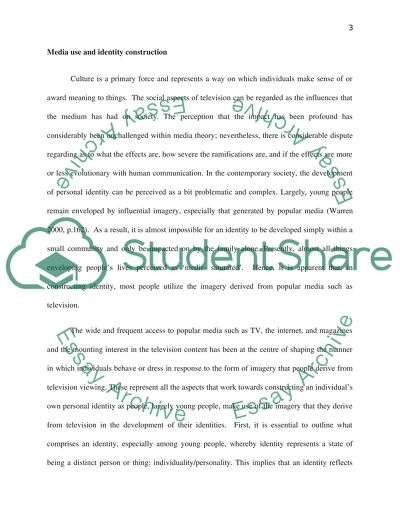Cite this document
(“Critically consider the relationship between television output and/or Essay”, n.d.)
Critically consider the relationship between television output and/or Essay. Retrieved from https://studentshare.org/journalism-communication/1478004-critically-consider-the-relationship-between
Critically consider the relationship between television output and/or Essay. Retrieved from https://studentshare.org/journalism-communication/1478004-critically-consider-the-relationship-between
(Critically Consider the Relationship Between Television Output and/Or Essay)
Critically Consider the Relationship Between Television Output and/Or Essay. https://studentshare.org/journalism-communication/1478004-critically-consider-the-relationship-between.
Critically Consider the Relationship Between Television Output and/Or Essay. https://studentshare.org/journalism-communication/1478004-critically-consider-the-relationship-between.
“Critically Consider the Relationship Between Television Output and/Or Essay”, n.d. https://studentshare.org/journalism-communication/1478004-critically-consider-the-relationship-between.


